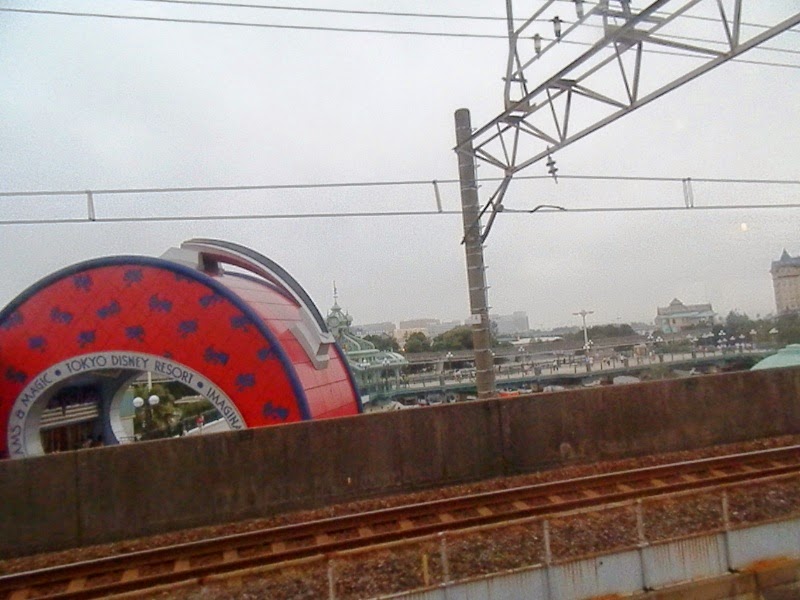Around Tokyo
Jesus Said, I Am the Son of God
There is a very decisive scene depicted in the Gospel of Mark.
Mar 14:60 And the high priest stood up in the midst, and asked Jesus, saying, Answerest thou nothing? what is it which these witness against thee?
Mar 14:61 But he held his peace, and answered nothing. Again the high priest asked him, and said unto him, Art thou the Christ, the Son of the Blessed?
Mar 14:62 And Jesus said, I am: and ye shall see the Son of man sitting on the right hand of power, and coming in the clouds of heaven.
This is one of decisive pieces of evidence that this Gospel was written by Christ Jesus Himself.
First of all, this is the most important information about Christ Jesus and hence the most important paragraphs in all the entire Gospels. This is the very core of Christianity either of 2000 years ago or of today. And who was allowed to write these sentences without direct permission of Christ Jesus while nobody was in such a position or a situation when Christ Jesus was persecuted, crucified, and resurrected. Therefore, the passage must have been written by Christ Jesus Himself.
This is a very, very extraordinary witness that Christ Jesus thought He himself was the Son of God. And He confessed it not to his followers but to his enemy. Conversely, Christ Jesus was preaching the gospel in ancient Palestine to be summoned and declare that He was the Son of God. This situation must have been one of his goals through his mission.
In other word, if you were just a follower of Christ Jesus, how could you write such sentences without concrete proof and direct approval from Christ Jesus since He forbade His followers and even the devils to discuss His status?
Mar 1:34 And he healed many that were sick of divers diseases, and cast out many devils; and suffered not the devils to speak, because they knew him.
Mar 3:11 And unclean spirits, when they saw him, fell down before him, and cried, saying, Thou art the Son of God.
Mar 3:12 And he straitly charged them that they should not make him known.
After resurrection, Christ Jesus worked secretly behind the scene to make Paul succeed in his preaching the gospel. But eventually one day, Christ Jesus must have thought that it was necessary to leave a correct record of his mission.
Till the issuance of this Gospel, it was a tradition and tacit consent for early Christians not to write any books and reports on Christ Jesus. Probably they thought that if they had delivered such a book on Christ Jesus, it would have become a grave challenge to other Judaists at the time. Early Christians could not make unnecessary enemies from surrounding Judaists who did not yet come to believe Christ Jesus. To compile and issue another Bible or Testament meant a clear separation of followers of Christ Jesus from other conventional Judaists.
So, the one who could write and issue the first Gospel, presenting Christ Jesus as the Son of God, which meant a decisive separation from Judaism, was Christ Jesus Himself.
The Gospel of Mark must have been written by Christ Jesus Himself, taking into account the grave meaning of declaration of Christ Jesus's being the Son of God against the whole Judaist community.
*** *** *** ***
Mar 7:17 And when he was entered into the house from the people, his disciples asked him concerning the parable.
Mar 7:18 And he saith unto them, Are ye so without understanding also? Do ye not perceive, that whatsoever thing from without entereth into the man, it cannot defile him;

























